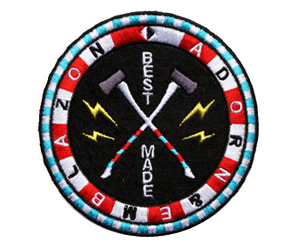
Getting Marketing Miles Out of Your Superfans
In my tween years I was a huge fan of the WWE (then the World Wrestling Federation). I would watch every episode of Superstars of Wrestling and Saturday Night’s Main Event, among other various WWE programming. I’d watch all the pay-per-views on VHS days later, since my parents wouldn’t splurge to watch it live (I’m not bitter or anything). I’d even watch Talking Wrestling on the local cable-access channel in Marshfield, MA, which consisted mostly of prank calls and thick Boston accents.
I was a superfan to the full extent of the definition. I begged my parents to buy me championship belts and action figures, take me to local wrestling shows and I was undefeated against my big stuffed panda bear. When Hulk Hogan had his ribs broken by Earthquake, I sent a bevy of get well letters to his hospital bedside. I even got a postcard back. The "writing" looked eerily similar to Arial, but I’m sure it was just coincidence and he wrote it all himself.
Superfans are everywhere. From television shows and video games to automotive and even CPGs, superfans are embracing the brands they love. They aren’t getting the “superfan” title just because they tune in every week or refuse to drink any other kind of soda. Superfans are the rare but powerful fan base that is sharing branded content with friends, creating unique content of its own and providing an authentic endorsement of a product or service that a brand could never replicate.
Brand managers: Are you listening to your superfans? Are you recognizing and rewarding them? Are you embracing them on their own platforms? If not, your brand may be suffering because of it.



